An Ethiopian coffee ceremony is about much more than just enjoying a good cup of coffee. It’s an important cultural ritual rich in symbolism that is passed down from generation to generation. Today, some twelve million Ethiopians grow and harvest this coffee; it’s the company’s main cash crop and, more importantly, a common thread in the social fabric of the culture.
The Origins of Ethiopian Coffee
It was in Ethiopia that the invigorating powers of this famous coffee bean were discovered for the first time 2000 years ago.
Ethiopian folklore says that the seeds of this ‘cherrylike fruit’ were discovered by goats in the Kaffa region, who grazed on the wild coffee trees in the forest. Noticing a little more pep in their step, their herder then grabbed a handful of these mysterious fruits and gave it to the nearby shamans, who in turn destroyed the seeds by tossing them into the fire! But then something magical happened: not only did the roasted seeds have an intoxicating aroma, but when crushed and steeped in hot water, they made a beverage like no other, with an invigorating kick. The beverage then caught on because it allowed the shamans to continue their worship and rituals late into the night.
The art of roasting coffee remained a well-kept secret in Ethiopia for around a thousand years before the knowledge spread to some areas of the Middle East, then to Europe via Turkey, and then finally to the rest of the world. This is why all Arabica coffee plants are direct descendants of the original Ethiopian plants!
Much to the delight of ‘purists’, the methods of growing, harvesting, and roasting Ethiopian coffee has not changed much over the millennia. Traditional methods are still used in certain locations, using a primarily manual process which, without a doubt, requires special attention and great respect for the plant.
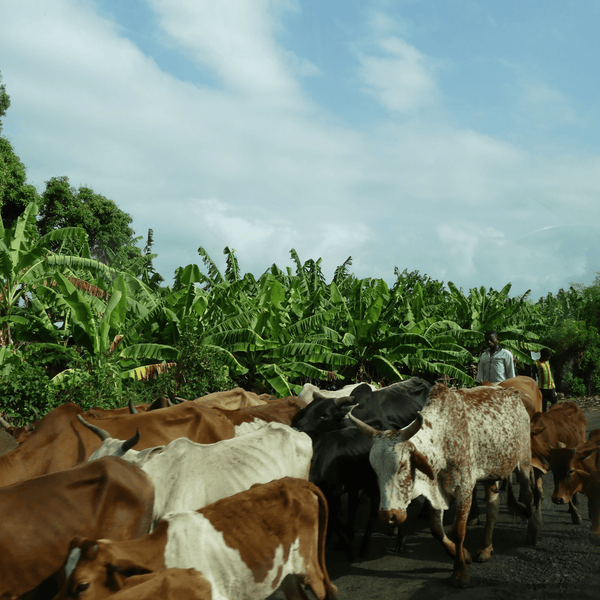
My Journey to the Birthplace of Coffee
I had the opportunity to travel around the south of Ethiopia for a while, meeting and learning from many fascinating ethno-cultural groups along the way. I also visited the Sidamo region where the village of Yirgalem is tucked away. This region, in the heart of lush wilderness, is the main coffee producing region in the country.
I got the chance to meet several producers from various cooperatives; real examples of responsible agro-ecology and sustainable socio-economic models! I learned so much about the production process of one of the best coffees regions in the world, what a place!

The Coffee Ceremony: A Crucial Institution of Friendship and Respect
Buna tetu, which roughly translates to “come drink coffee”, is a community tradition in Ethiopia. Families send their children to go knock on their neighbours’ doors to invite them to come share a coffee.
Preparing a traditional ‘bunna’ can take more than an hour, and the tasting usually takes even longer, especially on special occasions. These ceremonies can take place at any hour of the day. Although all are invited, the honour of conducting a coffee ceremony always falls to a young woman, who often wears a white, ankle-length cotton dress (a habesaha kemis) embroidered with colourful threads.
Before starting, the hostess burns frankincense, or other incense, to clear the air of bad spirits. Then, she offers her guests traditional snacks (usually popcorn, peanuts, or cooked barley). Raw coffee beans are washed to remove their husks and other debris, and then the clean beans are placed in a long-handled pan (a mitad) and held above a small fire within a stone oven. It is crucial to rhythmically shake the beans at regular intervals to prevent scorching. The roasting stops when the beans are medium brown in colour, or it can continue until they darken and the essential oils begin to seep out. At this point, the hostess removes the coffee beans from the heat and waves the mitad to create an aromatic breeze for the guests, an important part of the ceremony.
Later the roast coffee beans are ground by hand using a bowl and mortar (a mukecha) and a long-handled pestle (a zenezena). The ground coffee is then transferred to a handcrafted clay pitcher (a jebena) with a bulbous flat bottom, long narrow neck, handle, and straw lid. The jebena is then filled with water and placed on the fire, and its contents are brought to a boil. When the coffee starts to crackle, the hostess can add cardamom, cinnamon, or cloves to the delicious mixture.

The brewed coffee (bunna) is poured into a decanter and cooled and then poured back into the jebena and brought again to a boil. This process is repeated three times.
A filter, often made of horsehair, is then placed in the jebena's spout to separate the coffee grounds (residue from the percolation). The movement at this step is very important: holding the pitcher about a foot above, the coffee is poured into closely placed china cups (cini) on a tray (a rekebot) atop a bed of scented grass that symbolizes abundance. Although a few drops may splash or overflow, it's all part of this beautiful ritual.
The coffee is poured into the first cup, which is not for drinking, instead this liquid is used to confirm that the coffee doesn’t have any coffee grounds left in it at all.
In certain regions of Ethiopia, butter or honey is then added to the brew.
Although the coffee is usually served black, guests can often be seen sweetening capfuls with several teaspoons of sugar before drinking, and in some parts of the countryside it is even customary for the coffee to be served with salt instead!
Traditionally, three rounds of coffee are served, known successively as abol, tona and baraka, which folklore tells were the names of the three goats which got the first ever caffeine buzz thousands of years ago!

It’s All in the Etiquette
If you are invited to a coffee ceremony by a family, it is customary to present the hostess with a simple gift, such as sugar or incense.
Traditionally, the first cup will go to the oldest guest; one of the many ways in which Ethiopian culture connects and respects the generations that came before them.
There is only one thing you should absolutely not do: refuse to drink the coffee!
Coffee has a long history of being associated with Islam, and it is said that there is a spiritual transformation during the three rounds of the coffee ceremony because of the spiritual properties in the drink. The third cup (or baraka) literally means ‘to be blessed’.
After adding sugar, the guests should congratulate the hostess for her skill at preparing the coffee and its delicious taste.
The coffee ceremony also acts as a gathering place to share news, exchange gossip, and debate local politics.

A Question of Taste
The coffee in each region of Ethiopia has a slightly different taste, according to the growing conditions. Kaffa’s forested hillsides, at 1,500 feet, has larger trees to protect the coffee plants from the harsh sun. Harar is renowned for its longberry variety with its distinctive wine-like flavour and sharp acidic edge. Sidamo’s beans, known as Yirgacheffes, have the most unusual flavour. The coffee beans used in the Bio II blend are from the Sidamo region. The coffea arabica strain does not have the excessive pungency or acidity of the neighbouring Kenyan brands, and it is actually much closer in character to the mocha variety in Yemen.
In a world where time is a commodity, the Ethiopian coffee ceremony brings us back to an era where conversation and human relationships had a higher value.
Did you know that the following espresso blends are made with Ethiopian beans: Cremone, Bio II, and Decaffeinated?

Ariane Arpin-Delorme
Author of six books, travel columnist, travel consultant, college professor of Tourism Techniques, and lecturer; Ariane Arpin-Delorme is passionate about everything she does. She has travelled to over eighty countries, and she has a wide range of experience within the tourism industry: from hospitality to tour guiding, charity event coordination, tourism marketing and promotion, travel planning, and teaching, she does it all! She founded the tourism agency Parfums d’Asie several years ago and Esprit d’Aventure in 2013, where she continues to work as a custom travel advisor and consultant. She especially loves to hike, bike, scuba dive and sail!
To get inspired to travel in Ethiopia, here are several private custom itinerary ideas that Esprit d’Aventure would be happy to help you customize!

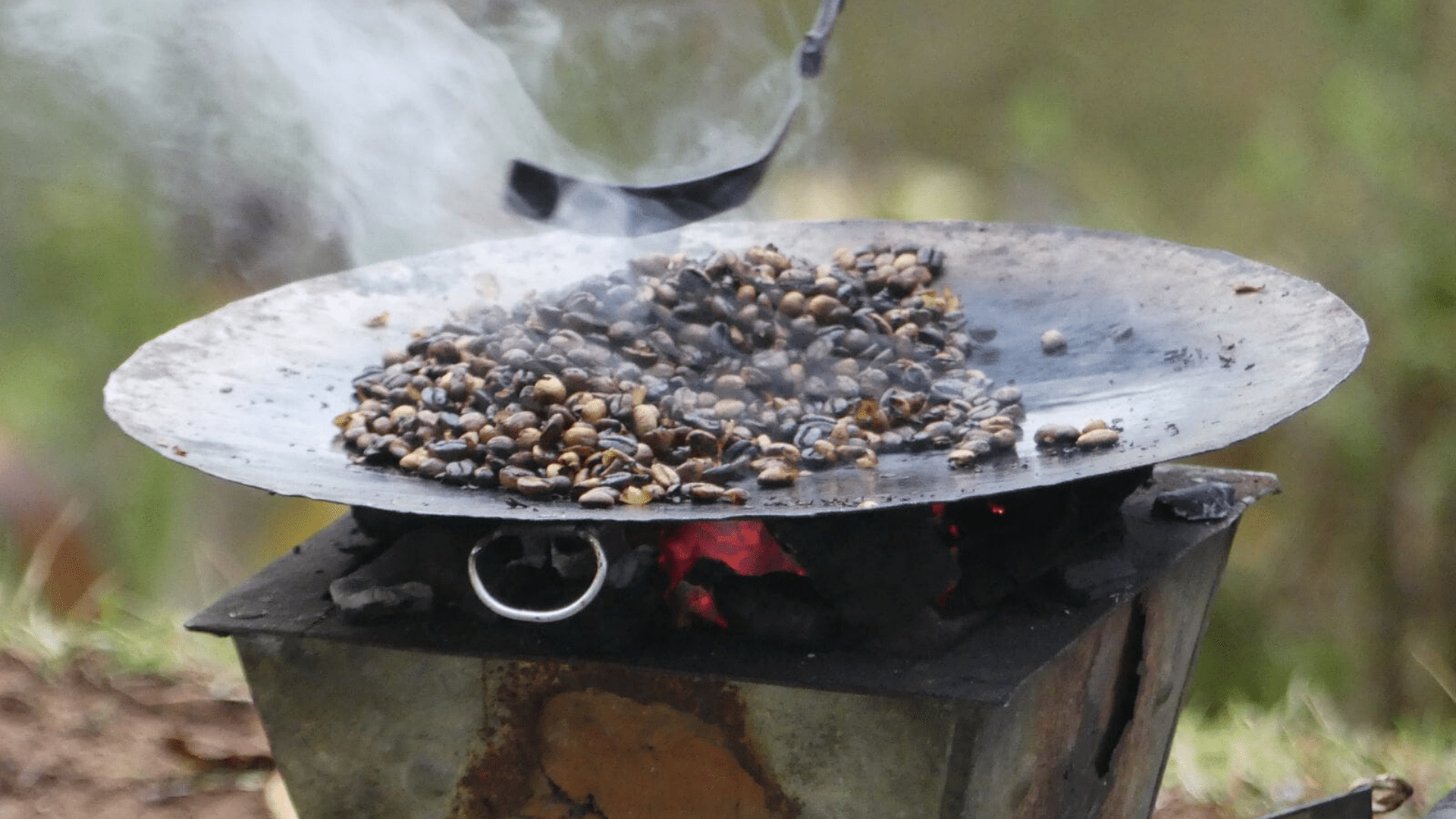

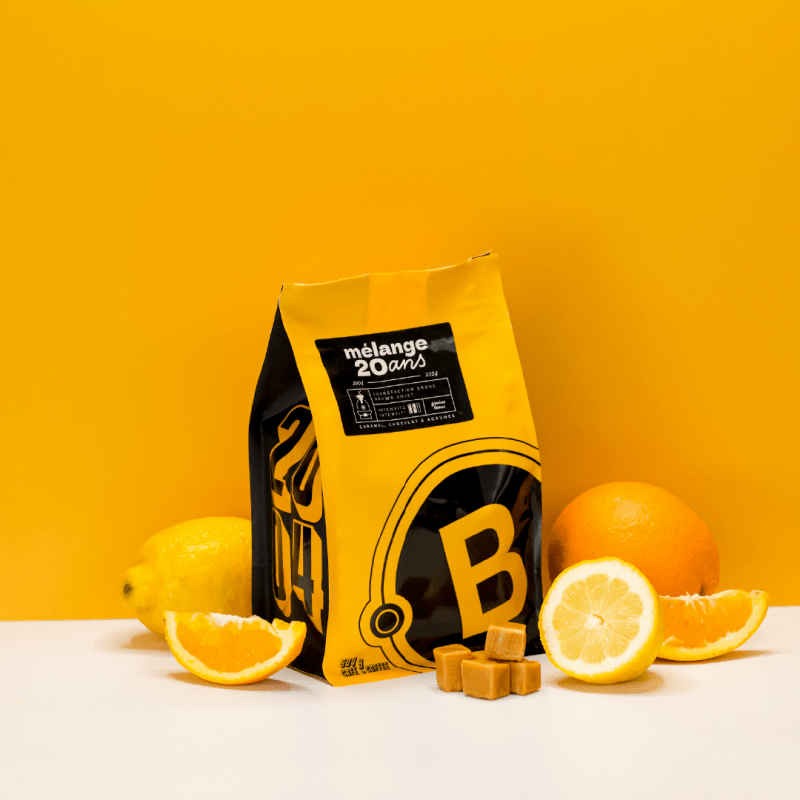




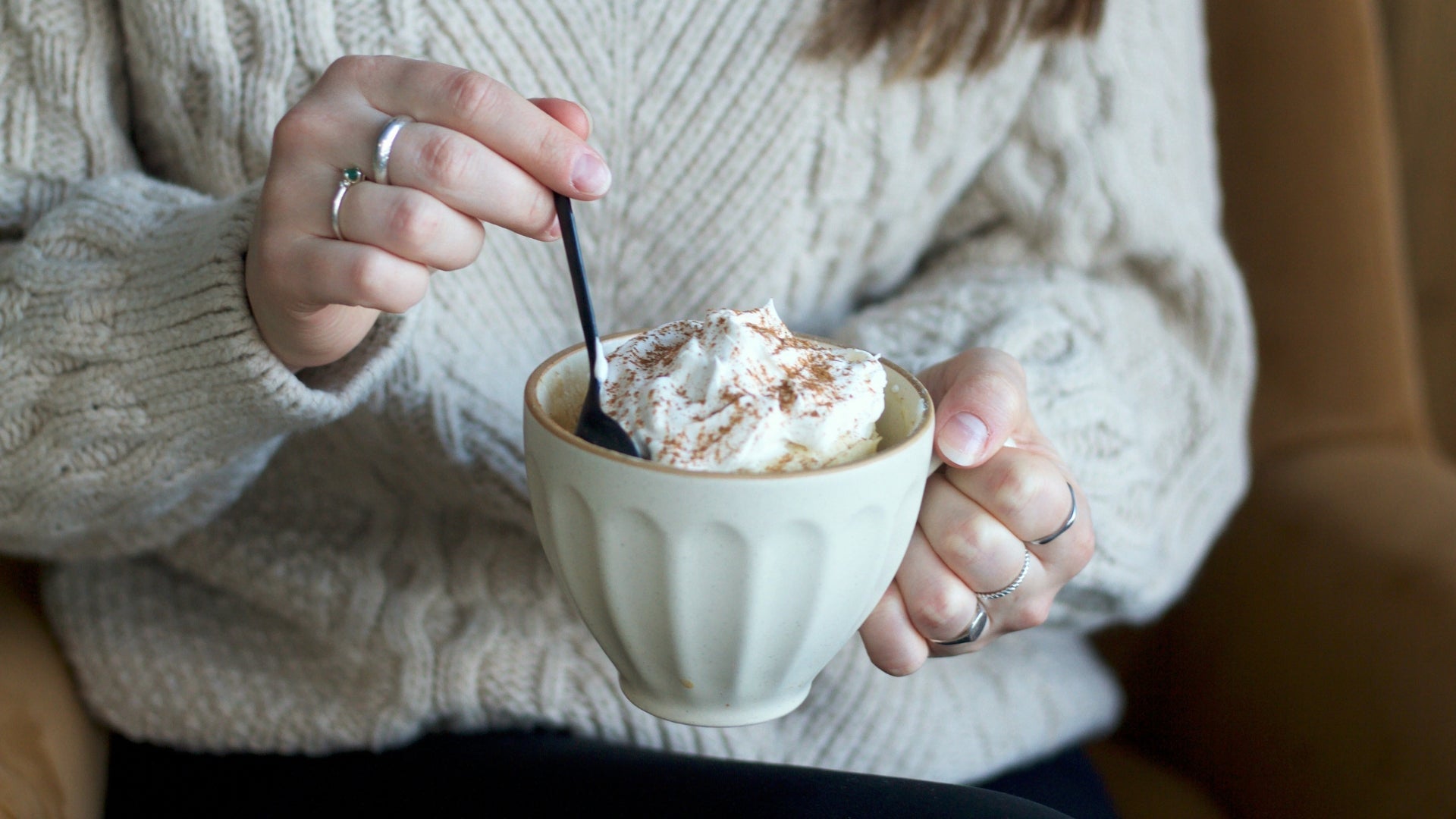
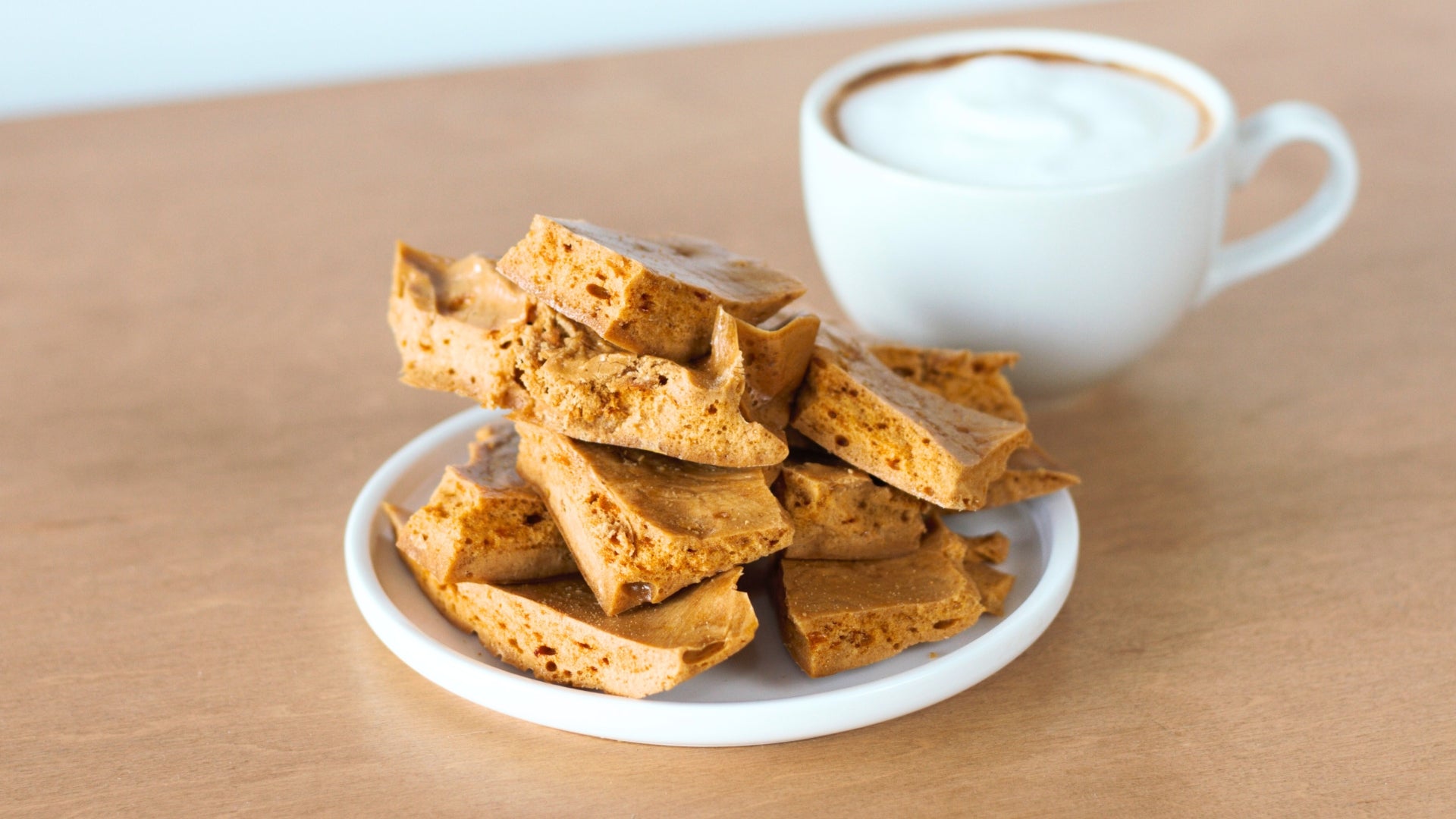

Share:
How to Achieve the Perfect Crema?
Recette de café tonic à l’orange et à la muscade